How does an ear, nose and throat surgeon come to write about headaches? In Jims case, I believe it is a combination of his penchant for original thought, his critical appraisal of everything, his thirst for knowledge and his passion for disseminating that which he was learnt.
The first three of those characteristics led Jim to question the role of surgery for sinus problems, when some people returned with symptoms that surgery had not fixed even though underlying sinus disease had been cleared. Fifteen years ago endoscopic sinus surgery was an expanding and rapidly developing field. Jim had a reputation as the person to whom one should send ones difficult sinus problems. I remember our conversations about the dilemma of what might be causing such patients facial pain and headaches (I was supposed to be the mentor, but as so often happens, I found myself being educated by the pupil.)
To his credit and typically for him Jim set off to explore outside the square. His intellectual ability allowed him to assimilate information from widely disparate sources and fields of research. A glance at his bibliography will attest to that.
And so it is that we have someone who has accumulated what is probably a unique knowledge and understanding of the complicated and multidimensional business of headache and facial pain. Moreover, he has the ablilty and the energy to assemble it logically and explain it all to us in plain language.
This book is not only an important and unique source of information for those with chronic headaches or facial pain, it is also a most useful resource for physicians seeking to treat patients with these symptoms.
Many people are happy managing their headaches using simple over the counter medications, but other people suffer from headaches that can completely disrupt their lives. In 2001, the World Health Organisation listed migraine as one of the major disabling medical conditions, with levels of pain, distress and disability comparable to heart disease, cancer or lower back pain. Work can be difficult, and some people lose their jobs. Family and social activities are all too often disrupted, and relationships and marriages can fail. Complaints may be dismissed as trivial, because they are not considered life-threatening and the problem is invisible. The reassurance of a normal brain scan is frequently considered adequate management, yet the patient still has the problem, is no better and would like solutions.
 Do headaches disrupt your life?
Do headaches disrupt your life?
 Are you dissatisfied with your current treatment?
Are you dissatisfied with your current treatment?
 Would you like to use less medication?
Would you like to use less medication?
 Would you like to learn more about alternative non-drug techniques for controlling your headaches?
Would you like to learn more about alternative non-drug techniques for controlling your headaches?
 Do you want to know about effective natural headache remedies?
Do you want to know about effective natural headache remedies?
If so, this book is designed to help you. A multidisciplinary approach that reviews all the issues and includes advice on sleep, relaxation, nutrition and pain management is known to be far more effective than a brief doctors consultation. A useful comparison is the chest pain (angina) that may occur when the heart muscle has an insufficient blood supply. Sometimes medication is all that is required, and may be all that some people want, but to adequately address the problem, issues ranging from blood fat levels, diabetes, cigarette smoking, exercise and diet may need careful consideration. Just reaching a diagnosis is not enough. Treatment of troublesome headaches often needs a multidimensional approach.
The first part of this book starts with explanations of brain structure and function, as well as discussing simple pain mechanisms. When you understand the nature and causes of your headache, you can make sure that you are being treated appropriately, and develop self-help and treatment strategies that are specific to you. Often people will bounce from one health professional to another desperately searching for the quick, simple answer to their problems. They may have seen a variety of health professionals, including neurologists, ear, nose and throat surgeons, dentists, chiropractors and eye doctors. They have had their fillings done, had their teeth extracted, worn their bite plates, had their sinus operations, replaced their glasses, taken their medications and had their necks manipulated all to no avail. Often they are no better and, unfortunately, are sometimes worse. Health professionals are fallible, subject to personal biases, and can and do get it wrong. In the modern information age, it can be extremely difficult to stay up-to-date on all the conditions that they treat. As a patient you are allowed to ask for further information from books or appropriate websites, particularly if surgical interventions are being considered.
When you understand the nature and causes of your headache, education and behavioural change can become important treatment strategies. Some changes may be as simple as adjusting your computer position, buying different glasses or using a telephone headset at work. But if the quick fixes have been exhausted and the problem persists, it usually takes time and hard work to get better. You may need to make an active contribution to your treatment a daily exercise routine, a change in diet or perhaps an even larger change in lifestyle. People can be reluctant to make these changes. That is their right; but they should at least be allowed to make informed choices. People who gain the greatest control of their headaches understand what they can and cannot do about them. People who have the least control continue searching for someone else to provide the magic cure.
The second part of the book discusses these solutions. Patients are individuals, and treatments need to be tailored to personal preferences and particular responses to treatment. Effective treatment is multifaceted. The situation is analogous to an ocean liner anchored to the ocean floor. To get the liner moving again, not one, but several, anchors need to be lifted. Focusing on and lifting only one anchor may be ineffective. Drugs remain the mainstay of most patients and doctors treatments for headaches; but there are often a number of non-drug treatment options available that have not even been considered. Amazingly, some people I see have never been advised that having regular healthy meals (particularly breakfast), regular sleep and regular exercise helps them with their headaches. Some migraine sufferers have never been told that relaxation therapy is effective, or that dietary supplements such as magnesium or riboflavin might be worth considering. Some headache sufferers have never had their thyroid hormone levels measured. A large number of sufferers have never been taught effective pain management skills. It is perhaps no surprise that many people with migraine are dissatisfied with their treatment.


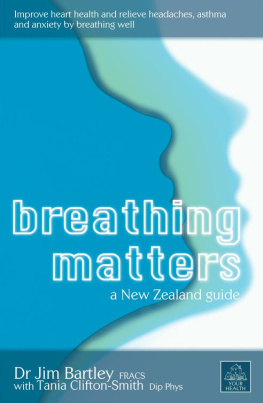

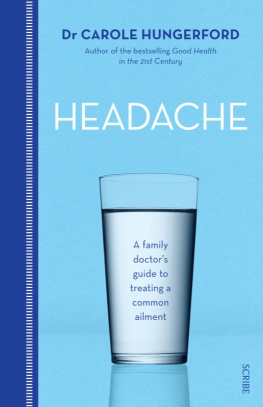

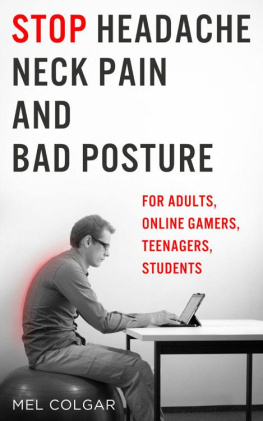
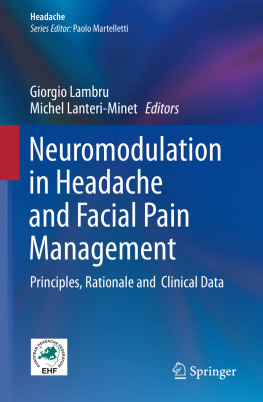
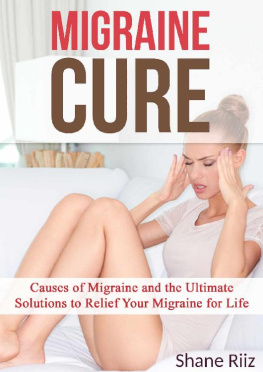
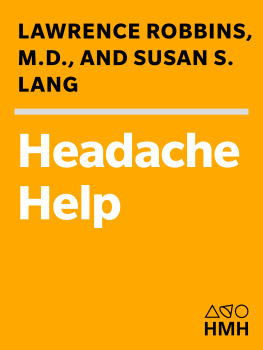
 Do headaches disrupt your life?
Do headaches disrupt your life?